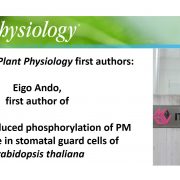
Recognizing Plant Physiology first authors: Eigo Ando
Plant Physiology, Plant Physiology: Author ProfilesEigo Ando, first author of Red light-induced phosphorylation of PM H+-ATPase in stomatal guard cells of Arabidopsis thaliana
Current position: Ph.D. Student, graduating in October 2018
Education: B.S. (2012): Division of Biological Science, School of Science, Nagoya University, Japan; M.S. (2014):…
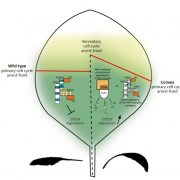
Arabidopsis Leaf Shape Regulation
Blog, Plant Physiology, Plant Physiology: On The InsideLeaf morphology, both between species and within the same organism,
is diverse: leaves can be simple or compound; they can have margins that are smooth or serrated, and they can be flat or have various curvatures. In Arabidopsis, leaf development starts with extensive cell proliferation throughout…
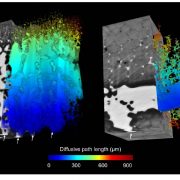
Variations in Leaf Intercellular Air Spaces
Blog, Plant Physiology, Plant Physiology: On The InsideDuring the course of evolution, the invasion of lands by plants exposed plant tissues to air,
which dramatically lowered the resistance for CO2 diffusion to chloroplasts by ~10,000-fold. The evolutionary development of the leaf intercellular airspace was a key innovation that allowed land plants…
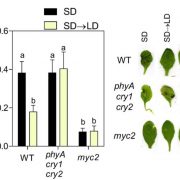
Long-Days Enhance Jasmonic Acid-Related Plant Defense
Blog, Plant Physiology, Plant Physiology: News and Views, Plant Physiology: On The InsideDepending on the species, daylength profoundly affects the timing of key developmental transitions in plants, including, floral initiation, tuberization, and bud set and growth cessation in trees. To explore additional effects of daylength on plant function, Cagnola et al. (10.1104/pp.18.00443) investigated…
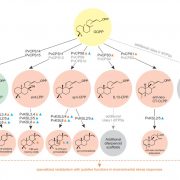
Diterpenoid Metabolism in Switchgrass
Blog, Plant Physiology, Plant Physiology: On The InsideSwitchgrass (Panicum virgatum) is a perennial C4 grass native to North America primarily valued as a next-generation feedstock for biofuel production. Its high net energy yield and
wide habitat range make switchgrass an attractive crop for cultivation on marginal lands with minimal agronomic inputs,…
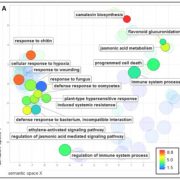
NO2 Enhances Pathogen Resistance
Blog, Plant Physiology, Plant Physiology: On The InsideNitrogen dioxide (NO2) forms in plants under stress conditions, but little is known about its
physiological functions. Using a variety of techniques, Mayer et al. (10.1104/pp.18.00704) have examined the effects of fumigating Arabidopsis with 10 ppm NO2 for 1 h, a treatment that does not cause
visible…
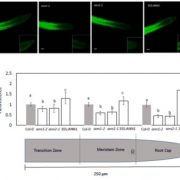
Annexins Facilitate Post-Phloem Sugar Transport
Blog, Plant Physiology, Plant Physiology: On The InsideBecause local sugar concentrations play a critical role in regulating root growth, it is important to learn more about the mechanisms that control sugar transport into the growing zones of the
root. It has previously been proposed that once translocated sugar reaches the interface between conducting…

Baby, It’s Cold Inside: Maintaining Membrane Integrity during Freezing
Blog, Plant Physiology, Plant Physiology: News and ViewsWhen did you last stop to think about the amazing chemical properties of water? Water is one of the few substances that have a larger volume as a solid than a liquid due to the hexagonal arrangement of molecules that make up ice crystals. For plants, ice crystals forming in the extracellular space of…

A Method to the Madness: Using Persistent Homology to Measure Plant Morphology
Blog, Plant Physiology, Plant Physiology: News and ViewsAs the study of plant variation and characterization moves from measurements of largely organismal-level polymorphisms to those of cellular- and molecular-level traits, the need for morphological measuring tools that incorporate complex trait information is clear. While quantitative methodologies have…

